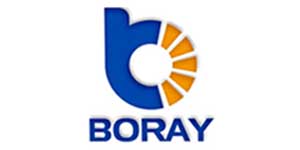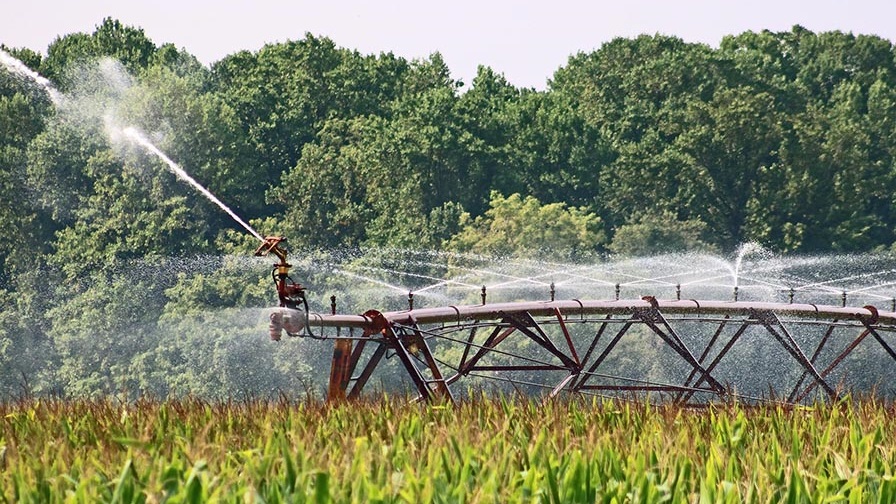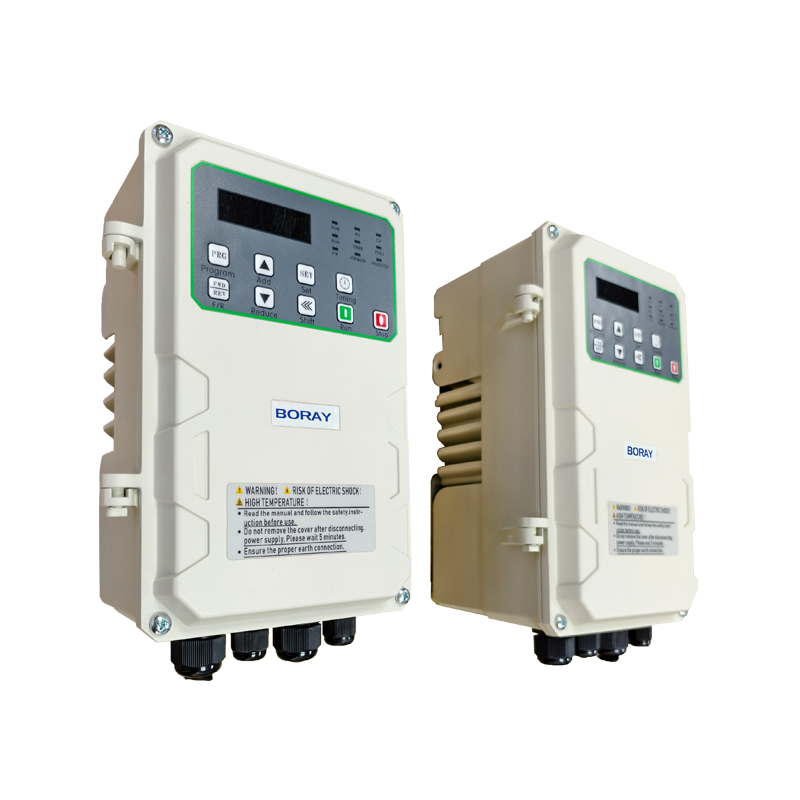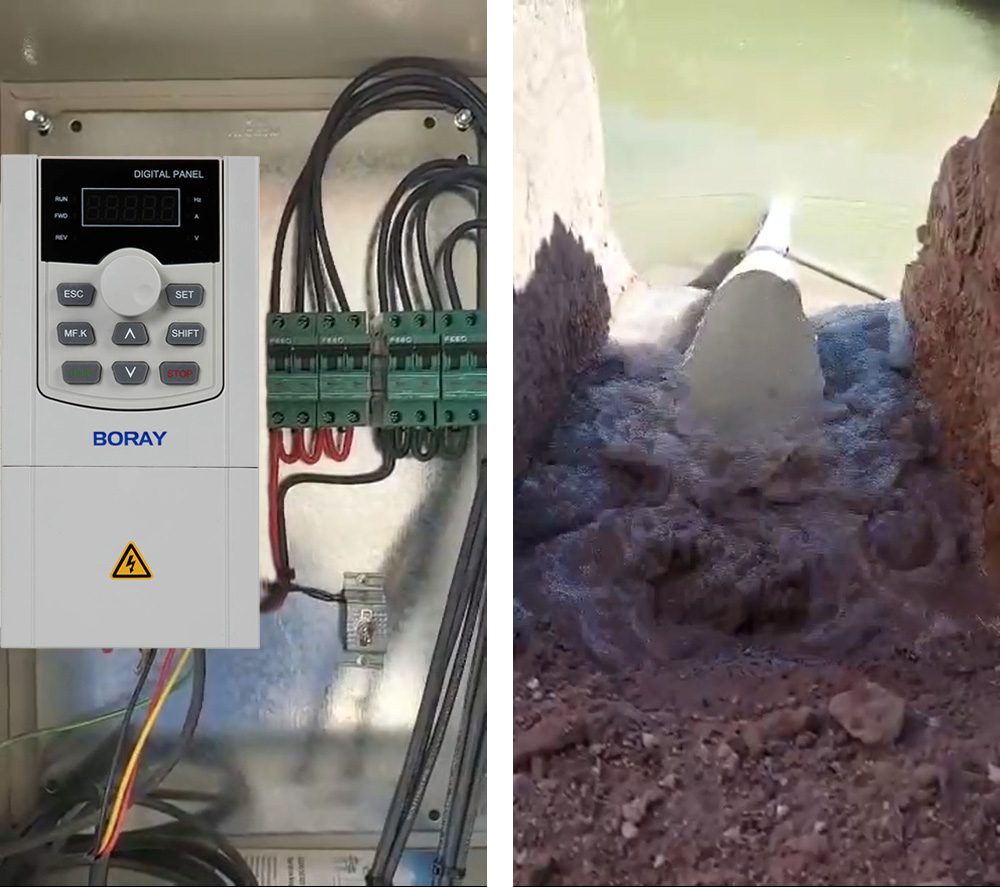With the rapid development of industrial automation and energy-saving technology, frequency converters have become an indispensable core equipment in the field of motor control. From factory production lines to household appliances, this technology is quietly changing the way energy is used.
1. What is a frequency converter?
– Definition and core functions
A variable frequency drive (VFD) is an electric control device that achieves precise speed regulation by adjusting the frequency and voltage of the motor’s working power supply. It is mainly composed of four parts: rectifier, DC bus, inverter and control system, and is known as the “intelligent brain of the motor”.
Core functions:
- Stepless adjustment of motor speed (0-100% range)
- Soft start/stop, reduce mechanical shock
- Energy saving up to 30%-60% (compared with traditional valve/damper control)
– Market size and industry status
According to data from market research firm Mordor Intelligence, the global inverter market size will reach US$19.5 billion in 2023, and is expected to expand at a compound annual growth rate of 6.2% by 2028.
2. How does the frequency converter work?
Pac boots come with a thick, rubber lower shell and a removable inner lining for additional warmth and comfort. This design is ideal for activities that require standing in deep snow for extended periods.
– AC-DC-AC conversion process
- Rectification stage: convert 50Hz industrial frequency AC power into DC power
- Filtering stage: smooth the DC waveform through capacitors
- Inversion stage: IGBT module inverts DC power into frequency-adjustable AC power
– PWM pulse width modulation technology
Control the width of the voltage pulse through high-speed switching (up to 20kHz) to simulate the sine wave output. Modern inverters can achieve a frequency control accuracy of ±0.5%.
– Intelligent control system
- Vector control: realize independent regulation of motor torque and magnetic field
- PID regulation: automatically match load demand (such as constant pressure water supply system)
- Fault self-diagnosis: real-time monitoring of abnormal conditions such as overcurrent and overheating
From basic motor speed regulation to supporting the transformation of intelligent manufacturing, inverter technology continues to break through physical boundaries. With the advancement of Industry 4.0 and the “dual carbon” strategy, this technology, which was born in the 20th century, is empowering the digitalization and green transformation of thousands of industries with a new attitude.





